Collaborations & Networks
IESCOA keenly looks at strengthening individual and institutional collaborations within and outside the country. We strongly believe in the importance of learning through experiencing. Students and teachers are encouraged to engage and participate in the field and interdisciplinary collaboration.

Programs carried out via collaborations:
1. Institutional Partner I N S I D E Modern Heritage (2021)
Inside Modern Heritage (International Network for Studies, Investigations, Documentation, and Enhancement of Modern Heritage) is a network of academics and institutions that share the same interest in modern heritage at different layers – founded in Ferrara in 2021.
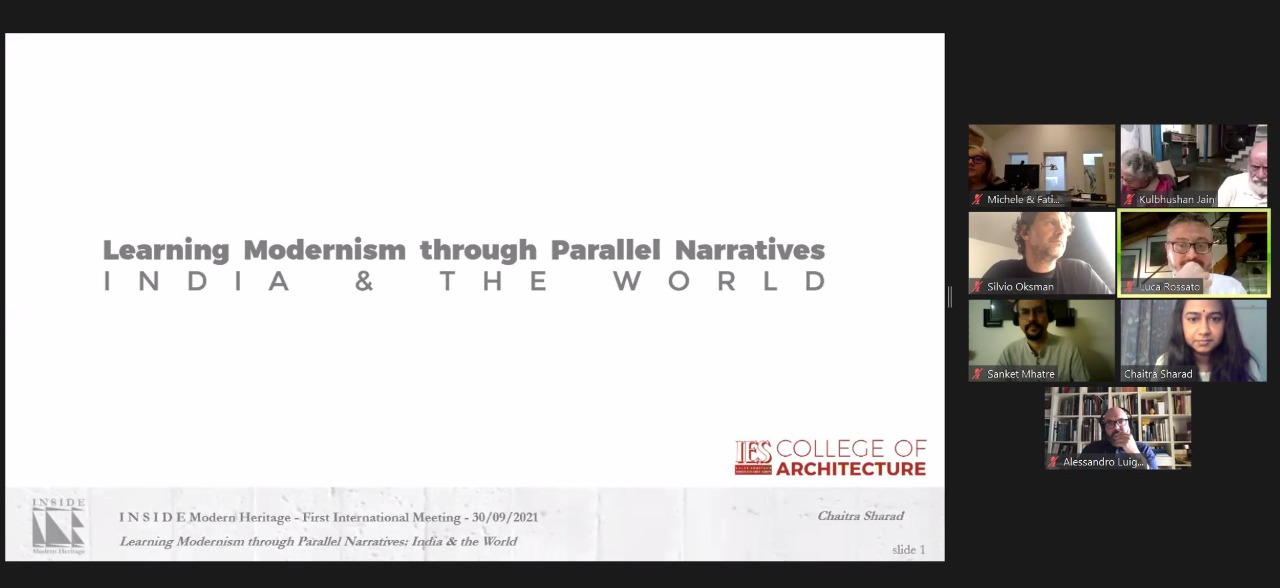
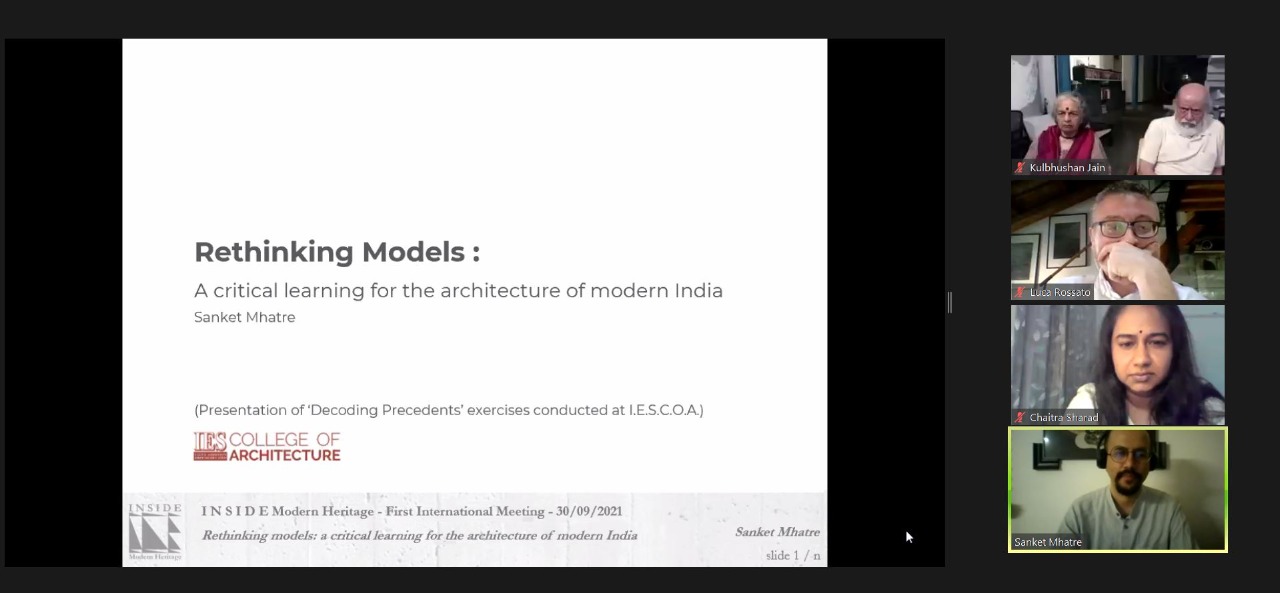
Prof Sanket Mhatre and Prof Chaitra Sharad presented their research on the subject of ‘Modern Architecture’ at the first meeting in September 2021. Chaitra Sharad has been nominated to the network board.
2. Collaborative programs with National Yunlin University of Science and Technology, Taiwan
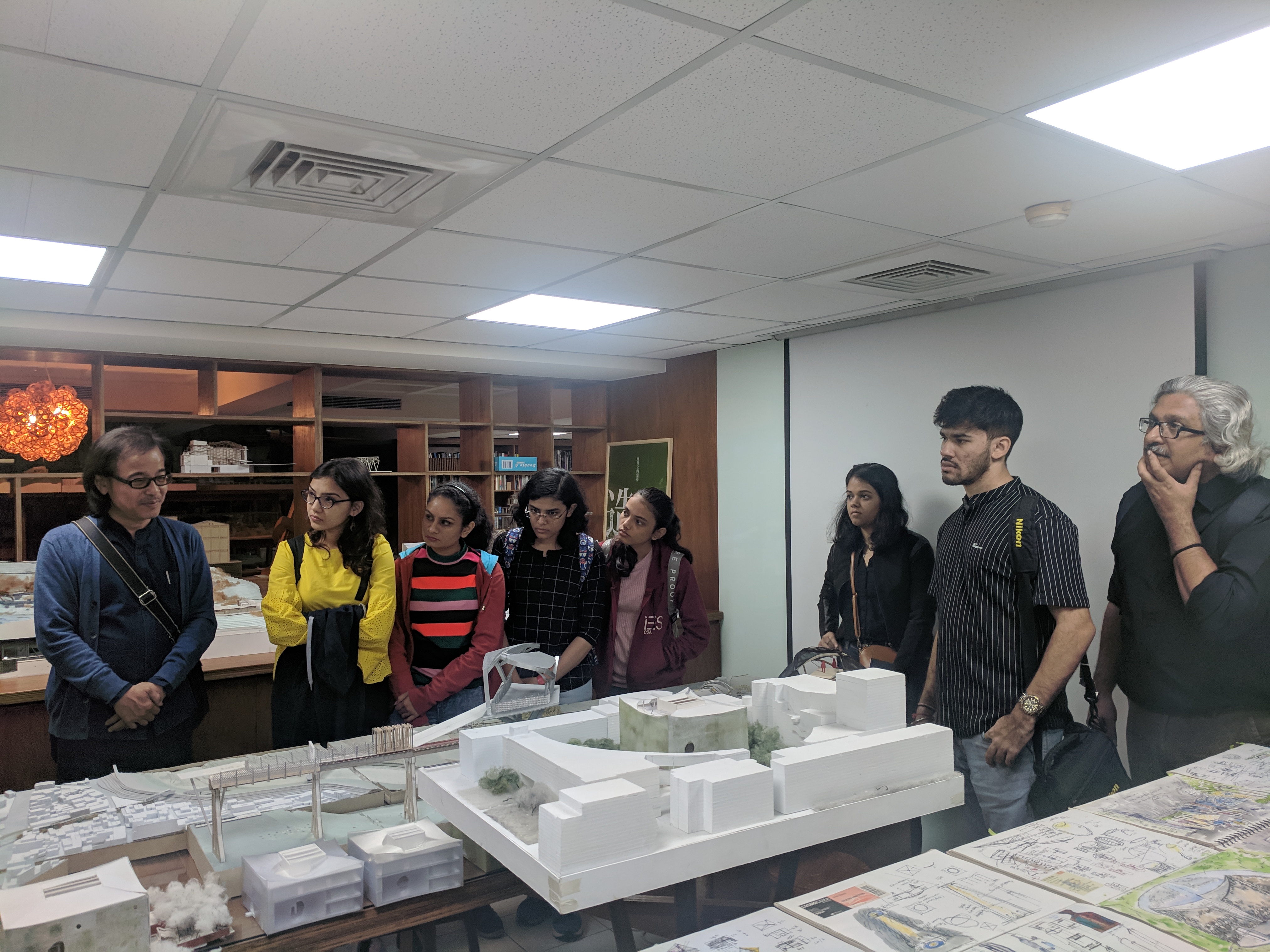
i. Students and faculty presented papers at the Architectural Heritage and town development: an Asian Challenge at Yuntech University, Yunlin, Taiwan (2018)
ii. Students participated in the Workshop of Industrial Landscape and Industrial Architecture: Case of Suntao Sugar Factor (2018)
iii. Dissertation Symposium- Joint exhibition and presentation of final year thesis projects of students from the Department of Architecture, Yuntech and IESCOA (2019)

iv. Faculty member Prof Chaitra Sharad carried out joint research on Narrative Mapping Techniques and Usage with Prof KC Yang and Prof Pierre Smars at Yuntech (2019)
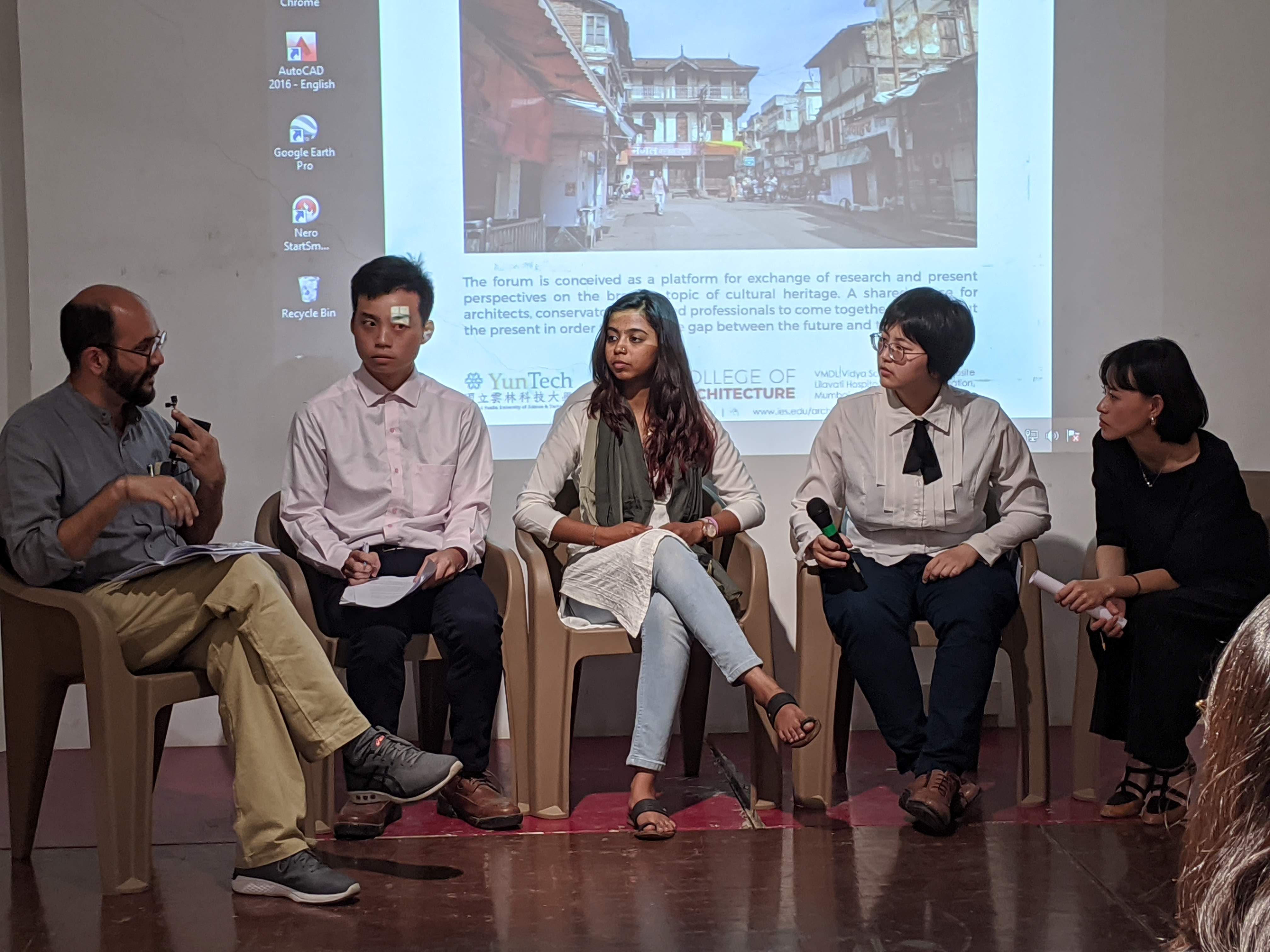
v. Heritage & Society: Preservation & Us – A inter-disciplinary, cross-cultural forum for ideas on conservation between the Department of Cultural Heritage
Conservation, Yuntech, and IESCOA. The forum was conceived as a platform for the exchange of research and present perspectives on the broader topic of cultural heritage. A shared space for architects, conservators, and allied professionals to come together to talk about the present in order to bridge the gap between the future and the past. (2019)
3. Landscape Architecture Heritage, SZIE, Faculty of Landscape Architecture and Urbanism, Budapest (2018)
Prof Shilpa Chandawarkar was a resource person for the workshop titled ‘Landscape Heritage Architecture’ at Szent István University, Budapest, Hungary. The workshop dealt with contemporary landscape architecture, enhancing the scientific cooperation in the field of landscape heritage, protection and renewal.
Prof Shilpa’s presentation was titled Past Continuous, Future Perfect-Relearning the concepts of Green Infrastructure from Indian Heritage.
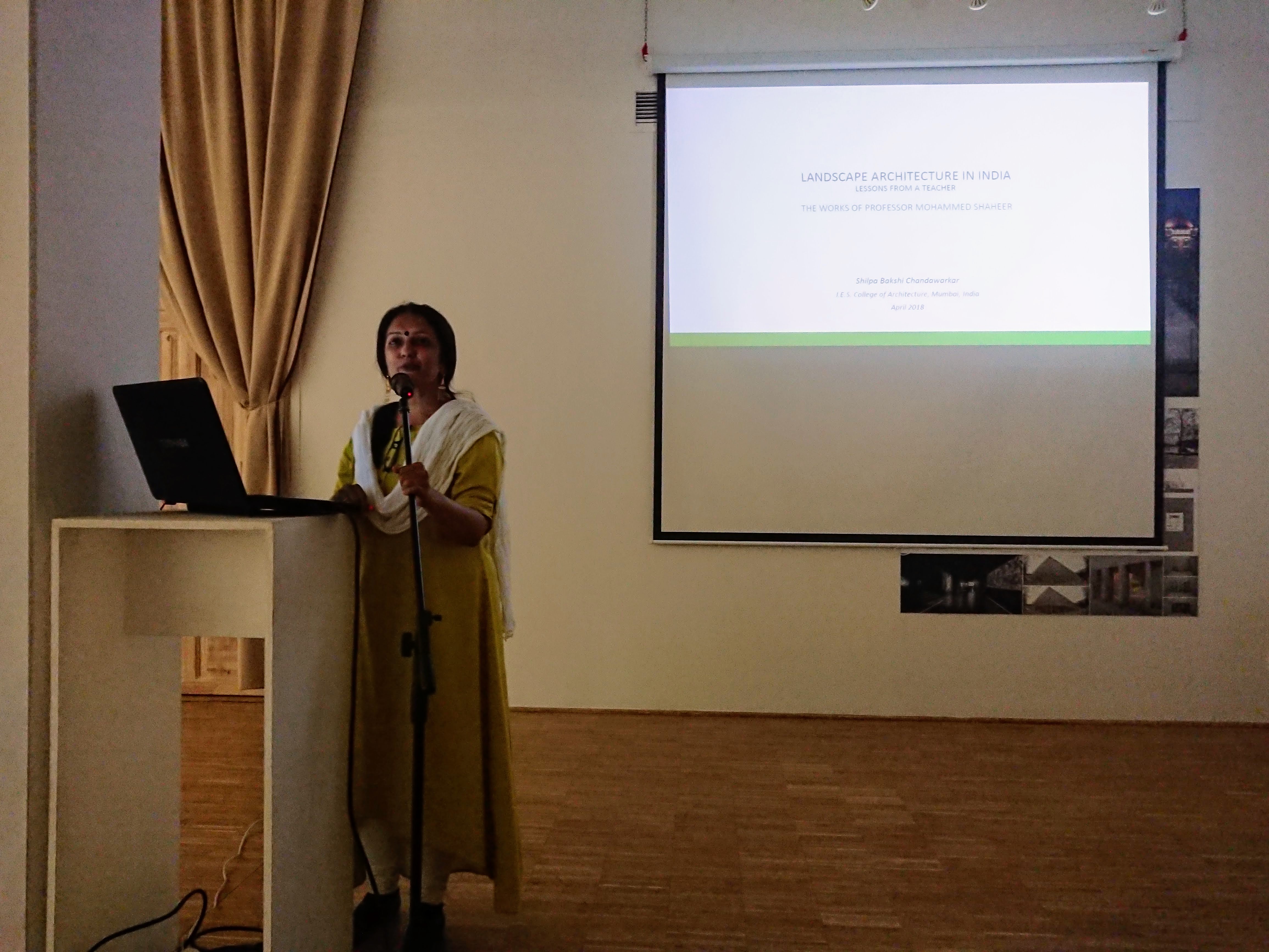
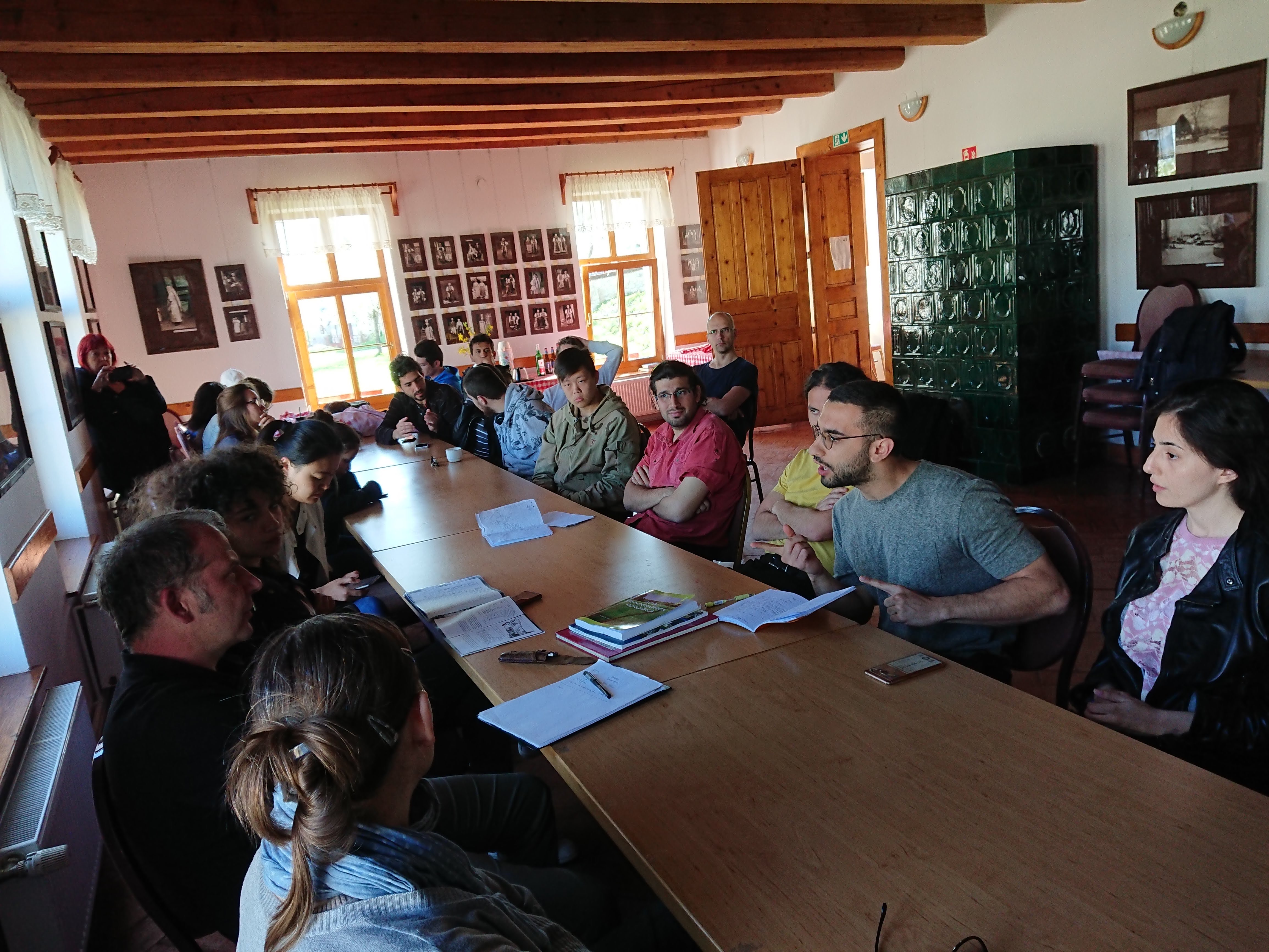
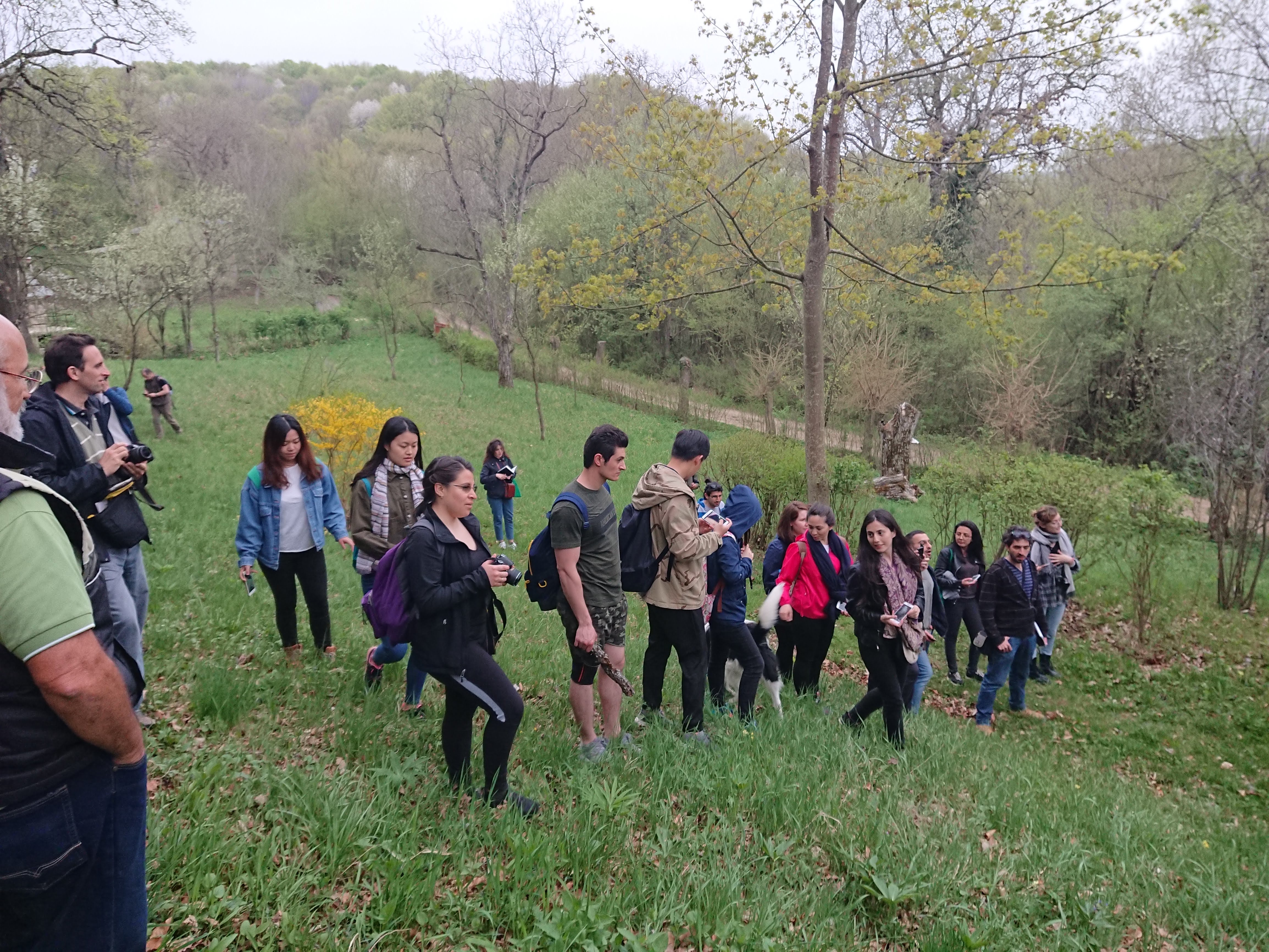
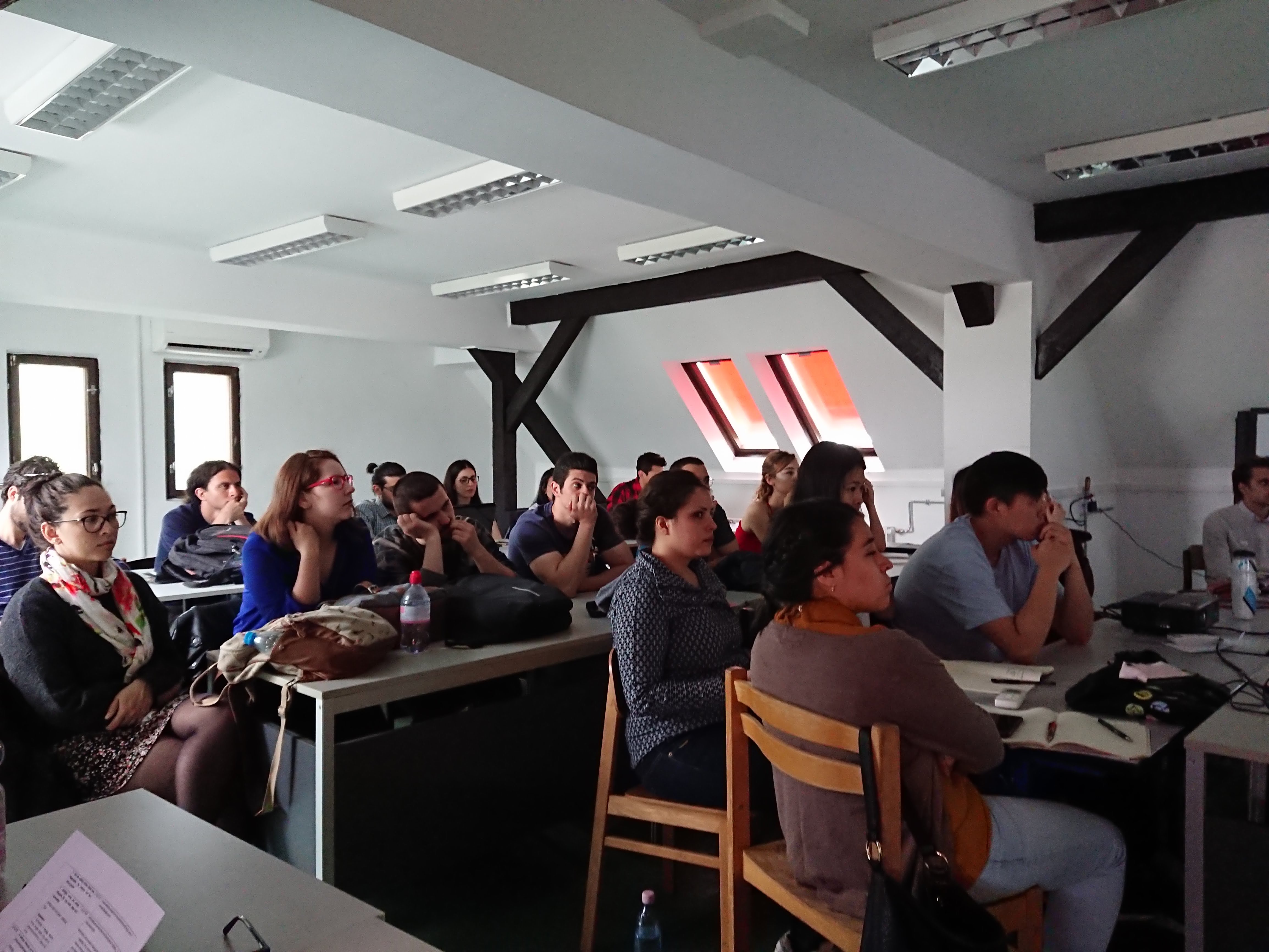
4. Contemporary Design in Historic Centres – Ferrara: a city full of voids
(Workshop in Ferrara, Italy 2016)
Historic urban areas of a city are valuable assets of a city. They not only generate great cultural interest but also provide high-density housing. Conservation and revitalization of such areas add to the richness and livability of the future of a city. The historic city centres are an essential part of the cultural heritage. They need to be protected as they bring universal outstanding values and the majority of tangible and intangible heritage of each country. However, researchers and professionals concerned with the
conservation of historic city centres frequently emphasize the need to accept change. Changes in the physical structure are inevitable and have been continuing from ancient times, but there is a need for control over these changes in order to reach a compromise between sustainability and restoration. The presence of empty spaces in a historic setting serves as a proxy for understanding the relationship between different levels of urban interaction, from the relative autonomy of the household that used its nearby spaces idiosyncratically, to the larger impositions of authority through urban design in the form of streets and open squares.
The workshop focused on the revitalization of Travaglio square, a void within the Ferrara historic centre bearing cultural and infrastructural importance. The report detailing the outcome can be viewed here.
